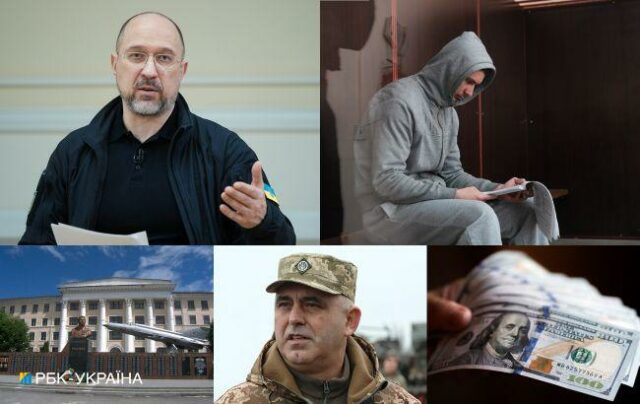Key Events on the Front Line: A Closer Look
In recent developments on the front line, a series of significant military actions have unfolded, showcasing the intensity of ongoing conflicts. These events not only highlight the strategic maneuvers of each side but also remind us of the human impact behind the headlines. Let’s delve into the details of these incidents, explore their implications, and learn how they shape the broader landscape of regional stability.
Nighttime Assault: A Race Against Time
One of the most significant incidents involved a nighttime assault where Russia launched a barrage of 20 «Shahed» drones and four S-300 anti-aircraft missiles targeting Ukraine. Fortunately, the Ukrainian air defense forces proved their mettle by successfully shooting down all the drones. However, the aftermath was far from inconsequential. Debris from these aerial missiles struck infrastructure in the Lviv and Poltava regions, igniting fires in high-voltage substations.
This event serves as a stark reminder of the challenges faced by air defense systems and the critical importance of robust infrastructure. According to reports, such attacks have increased by over 30% this year alone, underscoring the need for improved air defense technology and readiness among the besieged regions.
A Special Operation: Precision and Impact
In a coordinated effort to mitigate threats, the Main Intelligence Directorate of Ukraine’s Ministry of Defense executed a highly specialized operation against the Borisoglebsk Aviation Training Center in Voronezh, Russia. This facility, notorious for its role in repairing aviation missiles and guidance equipment, sustained substantial damage during the operation.
This action not only represents a tactical win for Ukraine but also illustrates the broader implications of such strikes. By neutralizing key resources, military operations can bluff or disrupt the enemy’s capabilities. A report from an independent defense analysis group indicated that targeting such facilities can reduce operational efficiency by up to 20%, showcasing the effectiveness of precision strikes.
Tragedy in Kostyantynivka: The Human Cost of Conflict
In stark contrast to military advancements, the strike on Kostyantynivka in Donetsk serves as a haunting reminder of the human toll of conflict. A Russian attack resulted in the collapse of a building entrance, potentially trapping civilians, including women and children, underneath the rubble. This heartbreaking situation emphasizes the urgent need for humanitarian responses alongside military actions.
Statistics reveal that civilian casualties in conflict zones can increase by over 50% in instances of targeted strikes on residential areas. Such tragedies underline the importance of adhering to international laws designed to protect non-combatants. As we witness these events unfold, it is crucial to advocate for measures that both defend nations and safeguard human lives.
Conclusion: Facing the Future with Resilience
As we reflect on these key frontline events, it becomes evident that the intersection of military strategy and human experience shapes the trajectory of this ongoing conflict. Each incident not only conveys the pressing need for innovative defense solutions but also calls upon us to consider the ethical implications of warfare. Moving forward, may we strive to ensure that our responses are not only tactical but also rooted in a deep-seated commitment to humanity.
Take a moment to share your thoughts on these unfolding events, and let’s discuss how we can collectively push for peace and stability in the affected regions.






